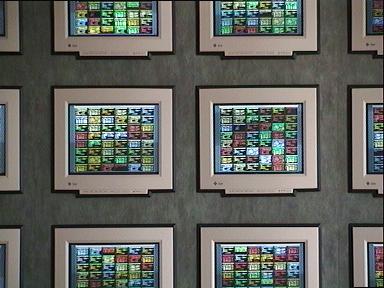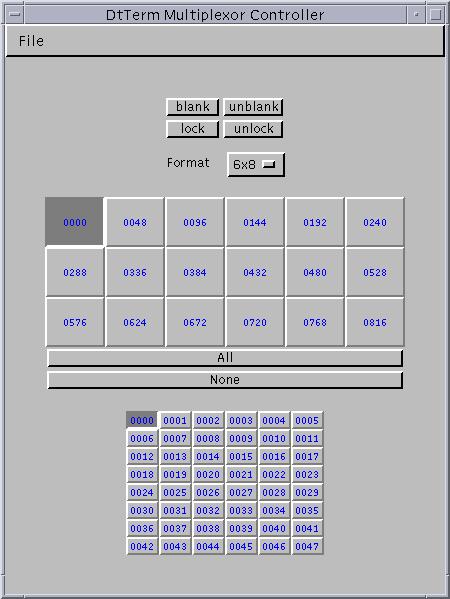I was an OS Ambassador from before Solaris 2.0 shipped, and I still have the golden edition signed by Bill Joy to prove it! In my biased opinion, OS Ambassadors has been the most successful of the ambassador programmes, bringing tangible value to the field and engineering alike. Our conferences became a forum for change, and sometimes served as a watering hole for different engineering groups, working on similar projects in total isolation (we were excellent match-makers).
As my experience and confidence grew, I became more vocal and more of a driver. When folk like Richard McDougall (who can forget his VxVM vs SDS coin?) moved on to other things and the original Ambassador Group Boards were formed, I joined the leadership team. I too moved on when I joined PAE, but I maintained “honorary ambassador” status until returning to the field.
Back in the UK, Chris Gerhard and I started “uk-solaris” as a forum for all with a technical interest in Solaris from various field and engineering roles. At our first meeting we “treated” everyone to Ferror Rocher “chocolates”, which provoked the famous line from one of the cheesiest TV adverts ever (preserved for posterity here).




